|
Forgotten Temples of Kashmir
Photo series Part-16 An effort to preserve and record Hindu cultural and religios heritage of Kashmir TAKSHAK NAG…ZEVAN 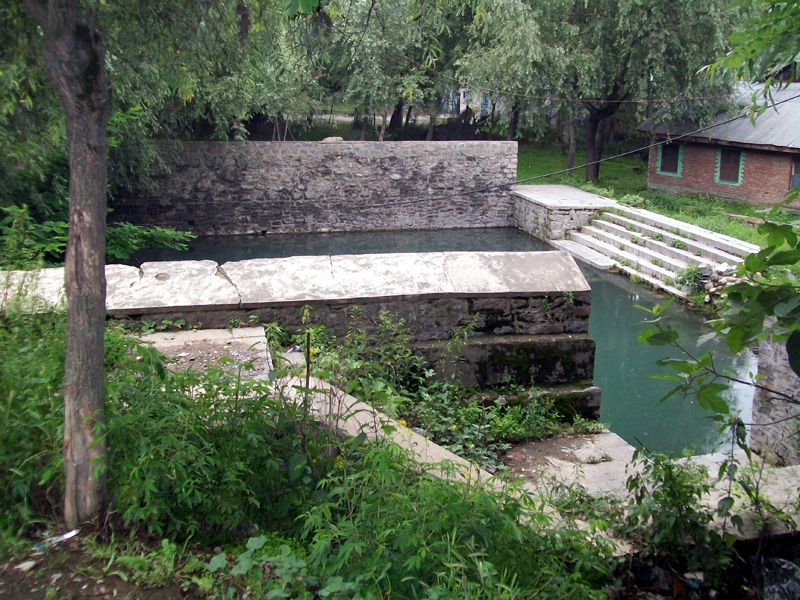 Exclusive images and report from a remote village in Kashmir provided for Shehjarby Chander M. Bhat |
|
Village
Zevan is situated at a short distance beyond Pandrenthan on the
Srinagar Jammu highway. This village was founded by King Kalasha
(1089-1011) who, despite his confrontation with his father Ananta and
mishandling of his son Harsha, appears to have attained some reputation
as a strong ruler. Jayavana, as it was named by the founder, may
have commemorated Kalash’s victory over his enemies of whom a ruler of
his temperament could not have a few. Two persons close to him in his
family bore the name Jaya. One was a concubine Jayamati who joined six
of kalasha’s queens in committing self-immolation a his death. Whether
she had persuaded the king to found the village in her name is not
known. The second was his son Jayaraja from his favourite concubine Kayya. There is no clue to his association with Jayavan, now Zevan.1
This village is famous for Takshak Nag, which is visited by pilgrims, who undertake a pilgrimage to Harishwar. The spring is situated in this village. It is said that saffron has originated from the spring and that its cultivation has spread in its neighbourhood. It is related that the Lord of the spring offered Hakim Waga Bhat, the saffron bulbs as a token of reward for curing his eye ailment. Bilhan the great Sanskrit poet, who flourished in 11th century, was born at Khunmoh (a village at a distance of 5 km. towards the east of Zewan). He described the spring as "A pool filled with pure water sacred to Takshak the Lord of Snakes"; Abdul Fazal records the facts that this spring is held to be the place where from saffron originated and flourished in the neighbourhood. In the time of Akbar, the cultivators worshipped at the spring at the beginning of each spring season. To get successful crops it was customary to pour cow's milk in it. As a local divinity Takshak Naga retained sanctity and importance for long with cultivators. Pilgrims when on their way to Harishwar cave offer Puja at the spring on the twelfth of the dark fortnight of Jeth corresponding to the month of June. Where relating the story of Chander Lekha-the beautiful Naga damsel-the great poet Historian, Kalhana mentions the name of the spring in the Rajatarangini as a place of pilgrimage. The inclusion of the spring as a Tirtha in the list of Tirthas recorded in Mahabharata signifies its antiquity. At present the spring stands intact with embankments of chiselled stones full of pure and sweet water. The spring measures 50' x 50' and has depth of 3'. The water source is in the Northeast corner of the spring. This shrine finds a mention in Rajatarangini and the works of Bilhana and Abul Fazal. Giving reference to Bilhana, Aurel Stein says that the poet mentions in the “place of high rising monuments” the “pool filled with pure water sacred to Takshaka, Lord of Snakes”. [Some Marvels of Kashmir, Prof. C. L. Sadhu]2. Notes and References: 1. Place Names in Kashmir by B.K.Raina & S.L.Sadhu, published by Bharatiya Vidya Bhavan, Mumbai & Indira Gandhi National Centre for Arts, New Delhi, 2000. 2. Encyclopedia: Kashmiri Pandit: Culture & Heritage by C.L.Kaul, published by Ansh Publications, 2009. 3. Kalhan’s Rajatarangini….A Chronicle of the Kings of Kashmir, Vol: II by Stein, Aurel, published by Motilal Banarasi Dass, 1979. |
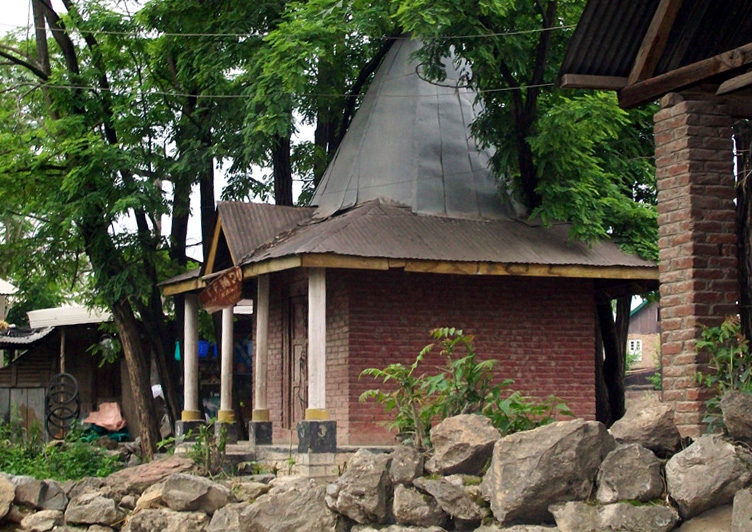 Shiv Temple |
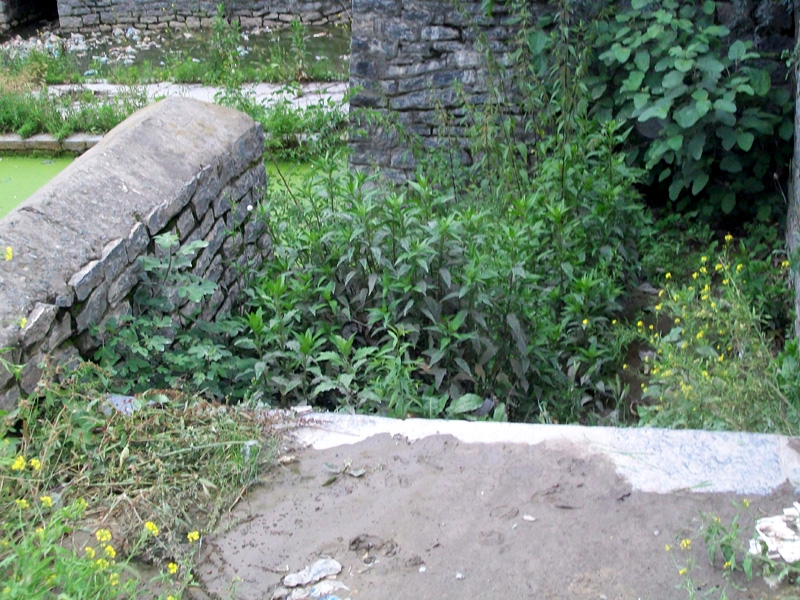 Steps leading to Takshak Nag |
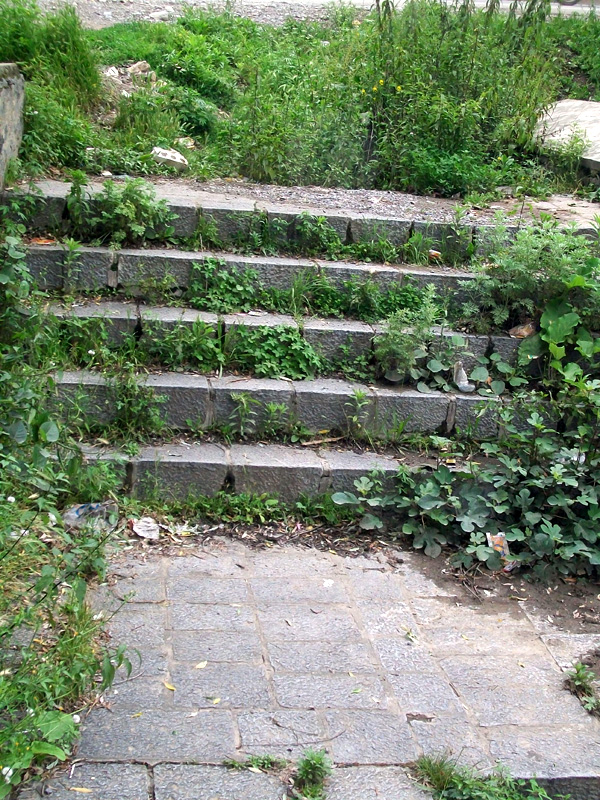 Steps |
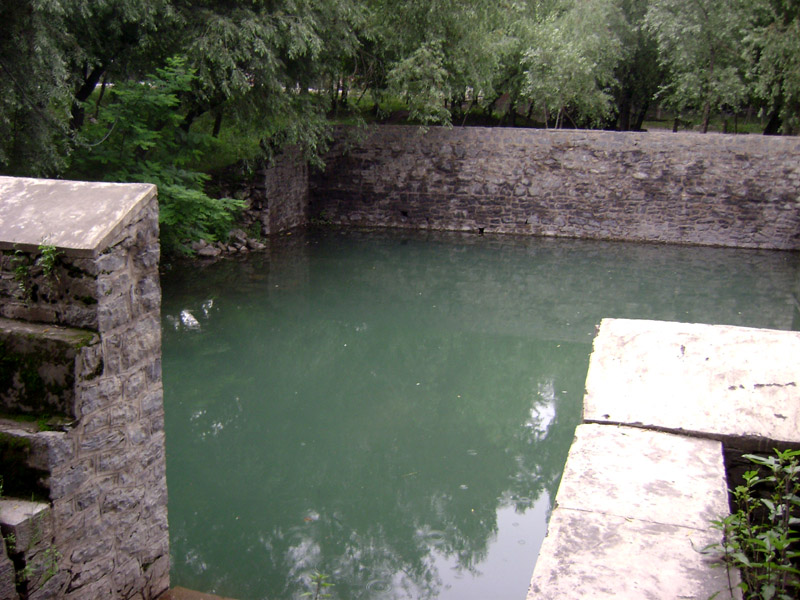 Takshak Nag |
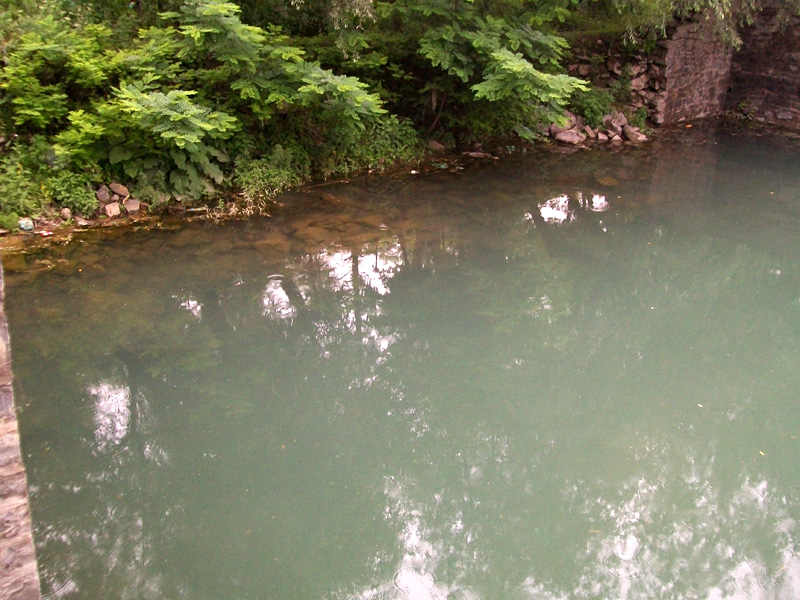 Takshak Nag |
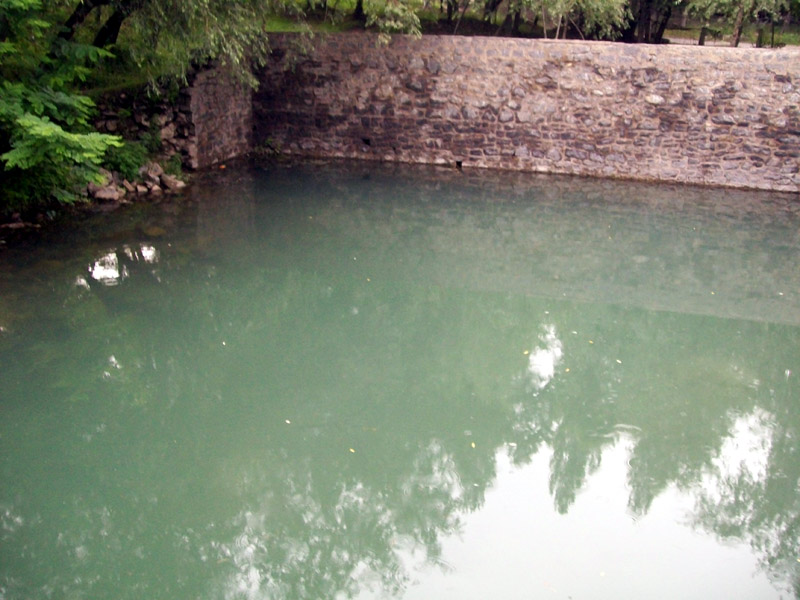 Takshak Nag |
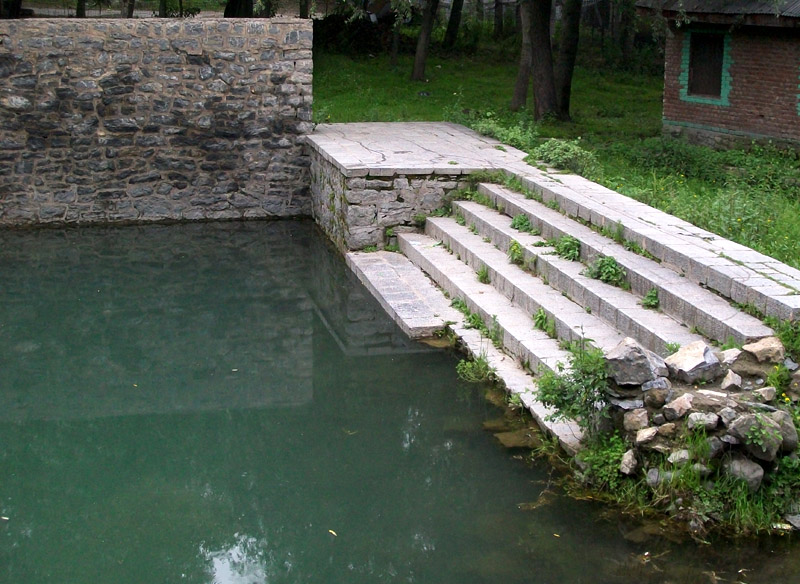 aTakshak Nag |
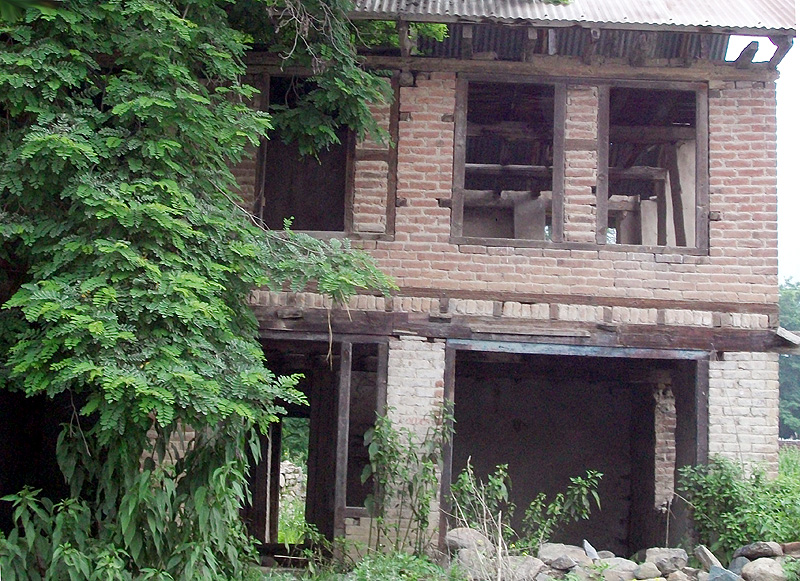 Dharamshala |
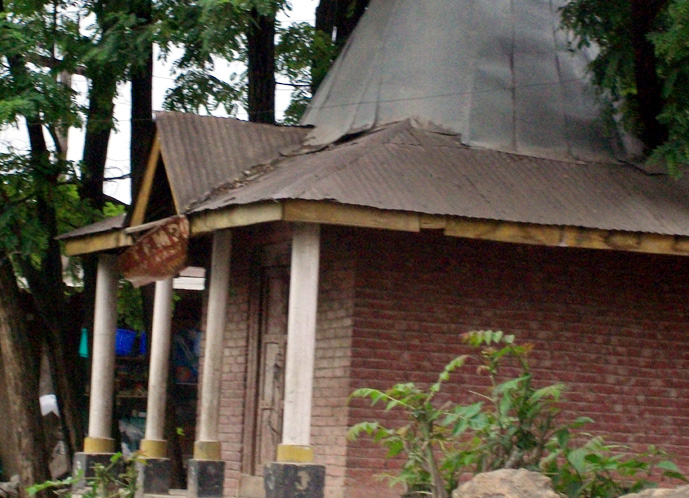 Closeup of Shiv Temple |
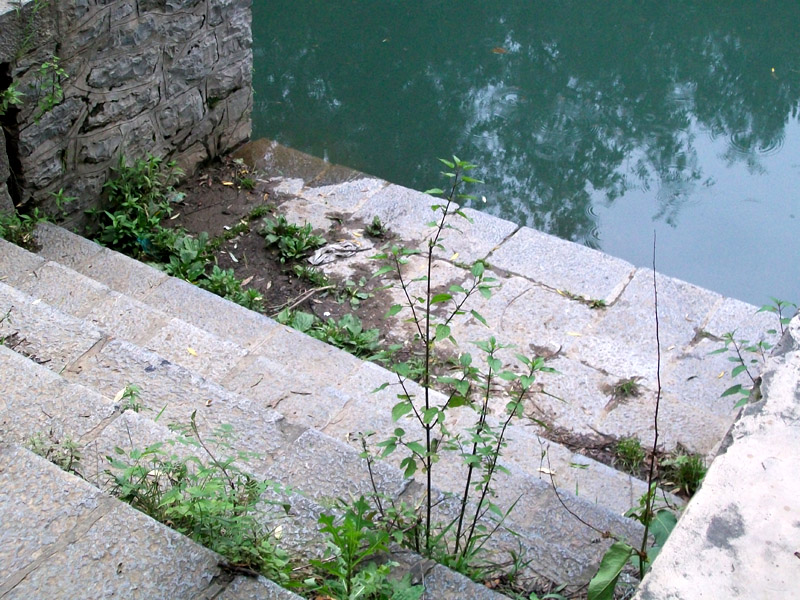 Takshak Nag |
|
|
|
|
 *Born
on 20th March, 1960 in Murran a village in North Kashmir, Chander M.
Bhat is presently working as an Assistant Supdt. Posts, in Department of
Posts, Govt. of India. His articles regarding Posts and of
non-political nature stand widely published in various papers and
magazines of the country. A booklet 'How to Collect Stamps" published by
the Department of Posts, has earned him genuine accolades. He worked on
the project of tracing the roots of his co-villagers and of the village
Murran, resulting into the culmination of a widely acclaimed book
"Murran -My Village". Man with depth, Chander M. Bhat has also another
book, "Ocean by Drops" (collection of poems) in his vase having colorful
poems. His book "Ancient History of Jammu and Kashmir", confirms his
researching capability. Various research papers like "The Splendor that
is Amarnath" and "Vitasta" The Sacred River of Kashmir" are valuable
additions to his works that has proved very fruitful and guiding force
in the exile period of Kashmiri Pandits community of which the author is
also a member.
Presently
the author is working on "OOL - THE NEST" a six volume project on all
the 595 (each volume of about 2500 pages)Kashmiri Pandit villages of
Kashmir *Born
on 20th March, 1960 in Murran a village in North Kashmir, Chander M.
Bhat is presently working as an Assistant Supdt. Posts, in Department of
Posts, Govt. of India. His articles regarding Posts and of
non-political nature stand widely published in various papers and
magazines of the country. A booklet 'How to Collect Stamps" published by
the Department of Posts, has earned him genuine accolades. He worked on
the project of tracing the roots of his co-villagers and of the village
Murran, resulting into the culmination of a widely acclaimed book
"Murran -My Village". Man with depth, Chander M. Bhat has also another
book, "Ocean by Drops" (collection of poems) in his vase having colorful
poems. His book "Ancient History of Jammu and Kashmir", confirms his
researching capability. Various research papers like "The Splendor that
is Amarnath" and "Vitasta" The Sacred River of Kashmir" are valuable
additions to his works that has proved very fruitful and guiding force
in the exile period of Kashmiri Pandits community of which the author is
also a member.
Presently
the author is working on "OOL - THE NEST" a six volume project on all
the 595 (each volume of about 2500 pages)Kashmiri Pandit villages of
Kashmir |
Sunday, May 10, 2020
TAKSHAK NAG…ZEVAN
Subscribe to:
Post Comments (Atom)
No comments:
Post a Comment